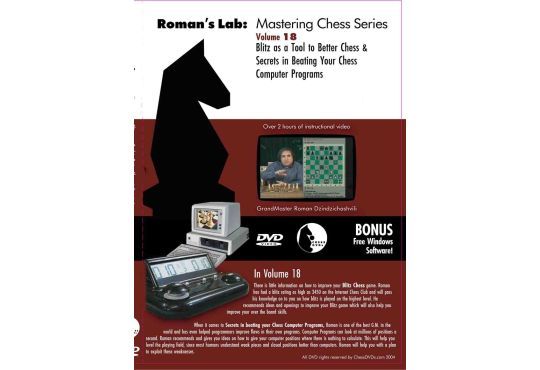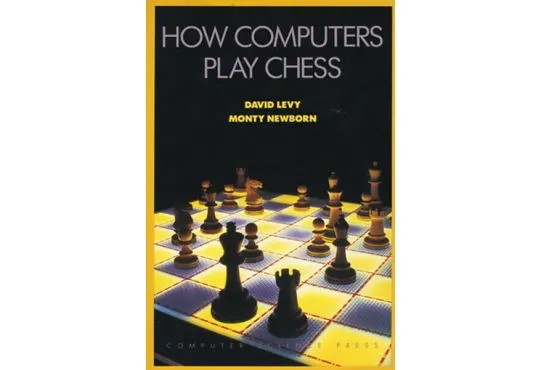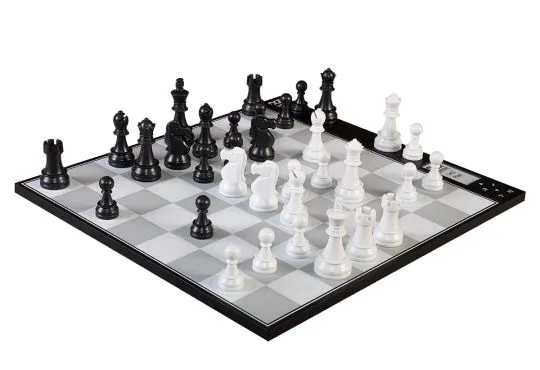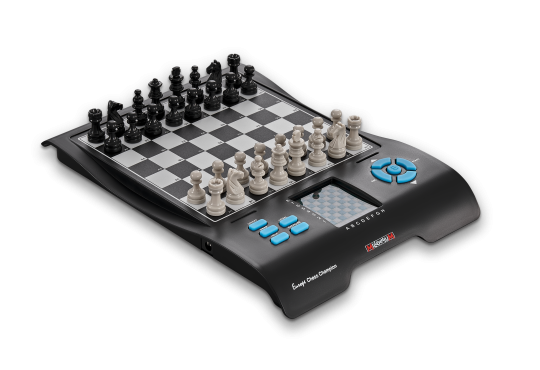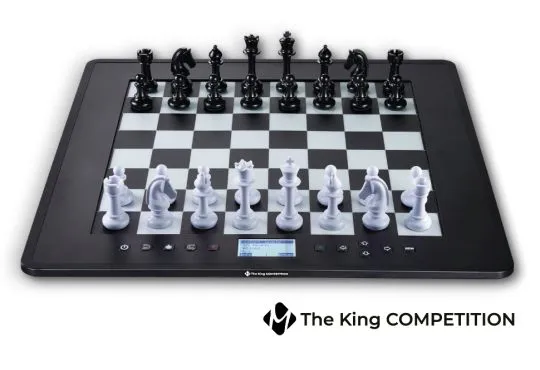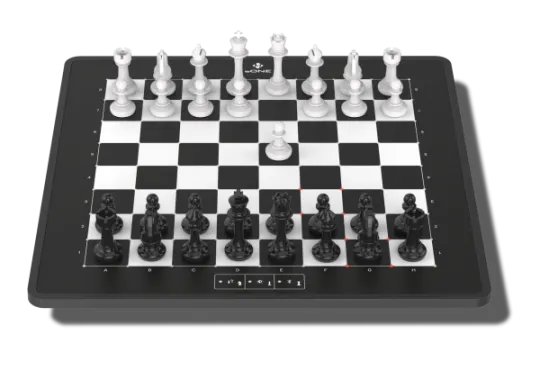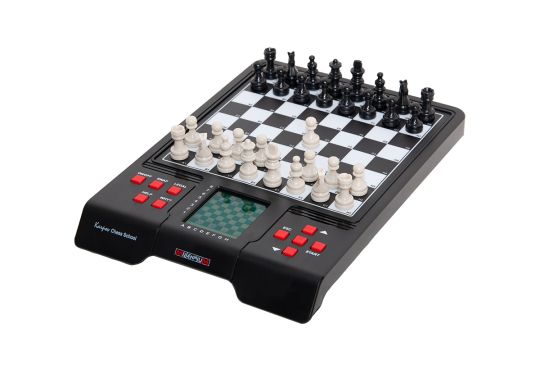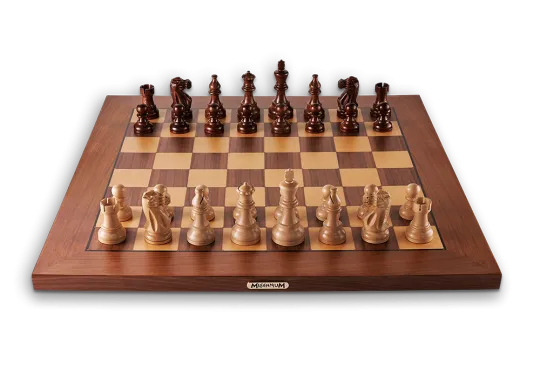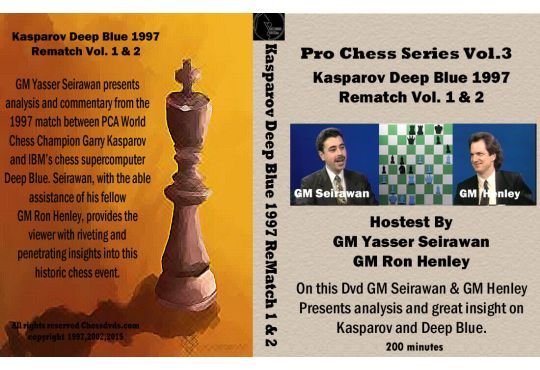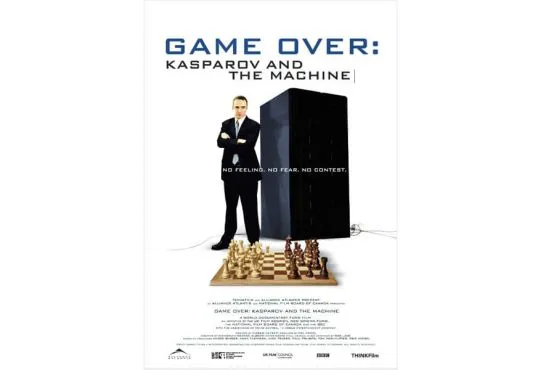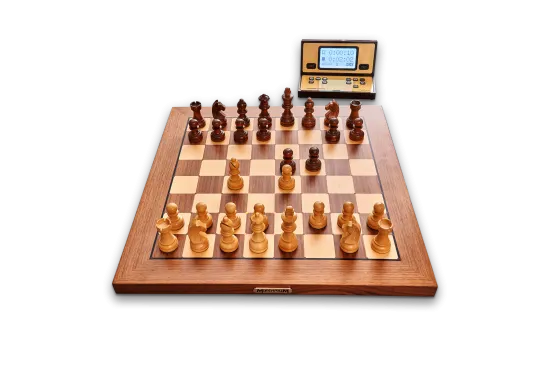The History Of Chess Against The Computer
Humans have played chess against each other for thousands of years. But what happens now when it’s chess against the computer?
How does it work? How can a computer play chess against a human?
I know, you must have lots of questions. We did too! So, we did some digging and found that this fascination with chess engines goes back centuries.
If you’re ready to find out how this idea of chess against the computer started, how it developed, and ultimately beat a reigning world chess champion — keep on reading!
Table of contents
A Brief History of Computer Chess
Did you know that since the 18th century, people have been fascinated by the idea of machines playing chess?
It all started when Hungarian inventor Wolfgang von Kempelen unveiled the Mechanical Turk, a machine that appeared to play and defeat humans at chess.
But guess what? It was actually an elaborate hoax! The box contained a hidden person controlling the machine.
Still, it sparked interest in building a real chess-playing machine, and soon, a German inventor developed the first chess program to run on an electronic computer.
Dietrich Prinz created a program that could only calculate moves two steps from checkmate, as it wasn’t very powerful yet. But soon, we witnessed the world’s first full chess-playing program, which ran on an IBM 704 mainframe.
This one, unlike Prinz’s one, could play a complete game against a human.
We will discuss this in great detail later.
Enter The Graphical Interface
Until the late 60s, computer chess programs displayed moves primarily in written notation or printed diagrams, but the first graphical user interface (GUI) took it to the next level.
Long story short, it allows players to see the game on a screen instead of just text. It’s basically designed for an old computer system called the DEC 340, which connected to a larger computer, the PDP-6, which did the actual computing.
Chris Daly, who worked for NASA, improved and created a new version of it that was more sophisticated and advanced.
He used a different system called IDIIOM CAD, which allowed him to make the chess graphics look much better and make the game easier for players to interact with.
A few years later, Fidelity Electronics introduced us to Chess Challenger, the first dedicated electronic chess computer.
It's a simple interface that allows players to play chess online by inputting moves via a keypad.
Soon, we saw several new models appear that tweaked programs, and one of them were Dan and Kathe Spracklen’s Sargon. This program won the first computer chess tournament for microcomputers. Its code was published in a book, allowing users to type it into their machines.
Other developments In computers
Here are a few other developments in chess computers:
1. Robotic Chess Machines: The first computer with a robotic arm, the Boris Handroid, moved pieces automatically. The Novag Robot Adversary came soon after, and an electromagnet was used to move pieces from beneath the board.
2. The Chessmaster 2000: The Software Toolworks released The Chessmaster 2000 and became the best-selling chess machine. It’s popular because it runs on multiple platforms, including Commodore 64 and MS-DOS. The engine is also very powerful.
3. Internet Chess Servers: This chess server allows people to play chess online through Telnet. It displays games in notation or as ASCII drawings on the board.
So, by now, you’re probably thinking, how does a computer even play chess?
Wait, how does chess against the computer even work?
Keep reading!
How Do Computers Play Chess?
Claude Shannon, the American mathematician and engineer, came up with two basic strategies for how a computer should decide its next moves.
These moves, even now, power most chess programs — whether or not you think they’re good.
Type A Strategy
The Type A Strategy looks at all possible moves, but only up to a certain number of “plies”, which are basically half-moves.
As soon as it hits that limit, the computer applies some logic to pick the best move based on the position it sees. Actually, it doesn’t even try every possible move till the game ends. Instead, it narrows down the search to what it can handle in a short time.
Here’s a fun fact for you – we humans kind of do the same thing when playing chess.
We don’t think through the entire game every time, right? We look for new moves ahead until we find something that works.
So, the computer does the same thing. It evaluates all the positions it gets to and decides which ones are good. It assigns a score to each position based on how well it thinks it's going, such as how many pieces it has left or where the pieces are.
Oh, but it just gets better from here because it doesn’t stop there. We found something incredible - while Shannon focused on optimizing communication and information processing, Von Neumann and Morgenstern published The Theory of Games, which helps computers pick the best sequences of moves through strategic decision-making.
What happens now is the computer looks at the end position, picks the move that gives it the best score and works backward to figure out which moves will lead to the best outcome.
Type B Strategy
Shannon’s Type B strategy only picks a few promising moves using a move generator instead of considering every possible move.
To put it simply, it focuses on about eight good options per position and digs deeper into the tricky situations.
Now, let's break down some tricks that make both of these strategies work:
- Once the computer finds a strong reply from the opponent, it stops looking for ways to improve the current position instead of focusing on avoiding it.
- Computers store a lot of information. It has knowledge of how to handle the endgame, which helps it make smart decisions.
- You can probably guess by now that computers store centuries of best openings in their databases, allowing them to start strong.
- Developers built special move generators and evaluation functions to figure out which parts of the chess are the most time-consuming.
- The computer adjusts how far it needs to look ahead based on the situation and goes deeper if the score keeps changing rapidly.
- The computer keeps a list of moves, so instead of recalculating the entire game, it knows what to do next.
So, there you have it! This is how a computer plays chess. After going through the information above, you can see it doesn’t randomly move pieces around. The machine uses pretty cool strategies to outsmart its human opponents.
Deep Blue – Building a Digital Chess Master
In 1997, something incredible happened.
IBM’s Deep Blue achieved something no machine had done before.
It became the first computer to beat a reigning world chess champion during a regular game. It was a six-game faceoff against Garry Kasparov that completely changed the game and actually made people realize that supercomputers and AI could really start thinking like humans.
Deep Blue pulled it off by flexing its raw computing power – it used 32 processors to crunch numbers at lightning speed, evaluating 200 million chess moves every second.
To give you an idea of how powerful it truly is, IBM’s first supercomputer, Stretch, could barely hit 500 operations per second.
So, you can just see how wild the jump is.
You can imagine why this is such a big deal for chess and tech enthusiasts everywhere. This game is very complex and requires a lot of critical thinking and strategy, so there is always a challenge to see chess against the computer.
IBM engineer Alex Bernstein made the first full chess program, and it ran on an IBM 704, processing 42,000 instructions per second. Then, an MIT program running on an IBM 7090 was the first one to play a decent game of chess, and the programs started winning against some amateur chess players.
It was in 1985 that things started to change when Carnegie Mellon student Feng-hsiung Hsu helped make a chess machine called ChipTest, which won the North American Computer Chess Championship.
He teamed up with Murray Campbell, a computer scientist and chess player, and created Deep Thought.
They continued to build together at IBM and became bolder and bolder, and Deep Blue was born.
Deep Blue vs. Garry Kasparov – The First Human vs Computer Chess Match
The goal was simple.
The Deep Blue team wanted to create a machine powerful enough to beat the world’s best human chess player.
The end goal was always to play chess against the computer, and they worked hard to build a machine that could achieve that.
The first game came in 1996 when Garry Kasparov played Deep Blue in a six-game match. Here’s the absolutely crazy part — Deep Blue won the first game. It was the first time a computer ever beat a reigning world champion under traditional chess match rules.
But Kasparov is not someone who backs down, and he bounced back and won the match 4-2. Like Kasparov, IBM didn’t back down either and leveled up Deep Blue, making it smarter, faster, and more unpredictable.
To quote IBM’s C.J. Tan, “Garry prepared to play against a computer, but we programmed it to play like a grandmaster.”
A year later, Kasparov went head-to-head with Deep Blue again. Kasparov started strong and won the first game, but Deep Blue took the second, and they had three draws.
However, Deep Blue won the final match.
Even Kasparov had to admit it, saying, “For the first time in the history of mankind, I saw something similar to an artificial intellect.”
Deep Blue’s Legacy
After the monumental win against Kasparov, Deep Blue retired and was sent to the Smithsonian Museum. IBM, however, wasn’t done with supercomputers.
They went on to build even more advanced machines like Blue Gene and Watson. They used what they learned from Deep Blue to launch Deep Computing Institute, which used supercomputers to solve big, complicated problems.
Deep Blue’s legacy is an iconic one. The tech behind it influences tons of industries, and its architecture has helped developers figure out how to construct computers that can analyze millions of options quickly.
They are used in healthcare, financial modeling, and even data mining. Actually, it helped the pharmaceutical industry speed up drug development and cut costs by using computers to analyze drug interactions.
As you can see, Deep Blue’s tech has been used in all sorts of sectors, but it'll always be remembered for beating Kasparov.
Final Thoughts – Chess Against The Computer, Does It Really Work?
Yes, chess against the computer has come a long way. The programs today are faster and smarter, giving the players a serious challenge.
Even if you’re a casual player or aiming to compete at a high level, computers help by offering instant feedback. You can practice all the time and improve your skills. While it might not replace the thrill of playing with a real player, it will help you train and sharpen your skills.


